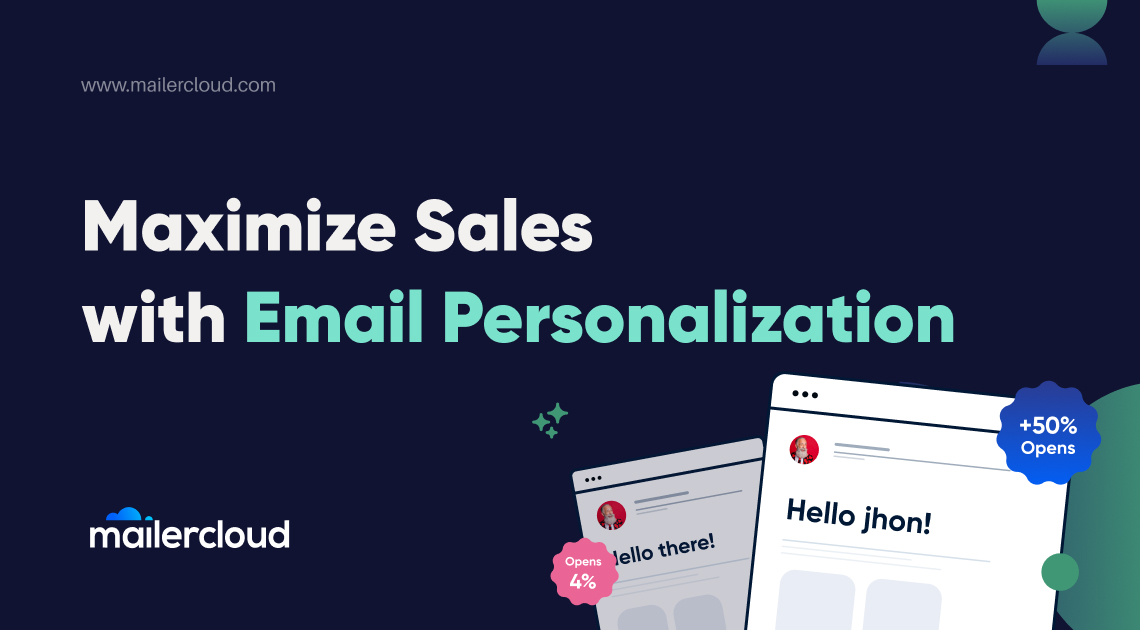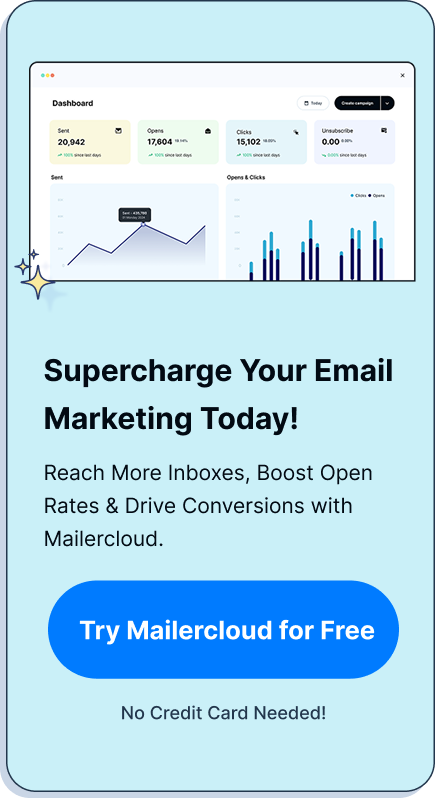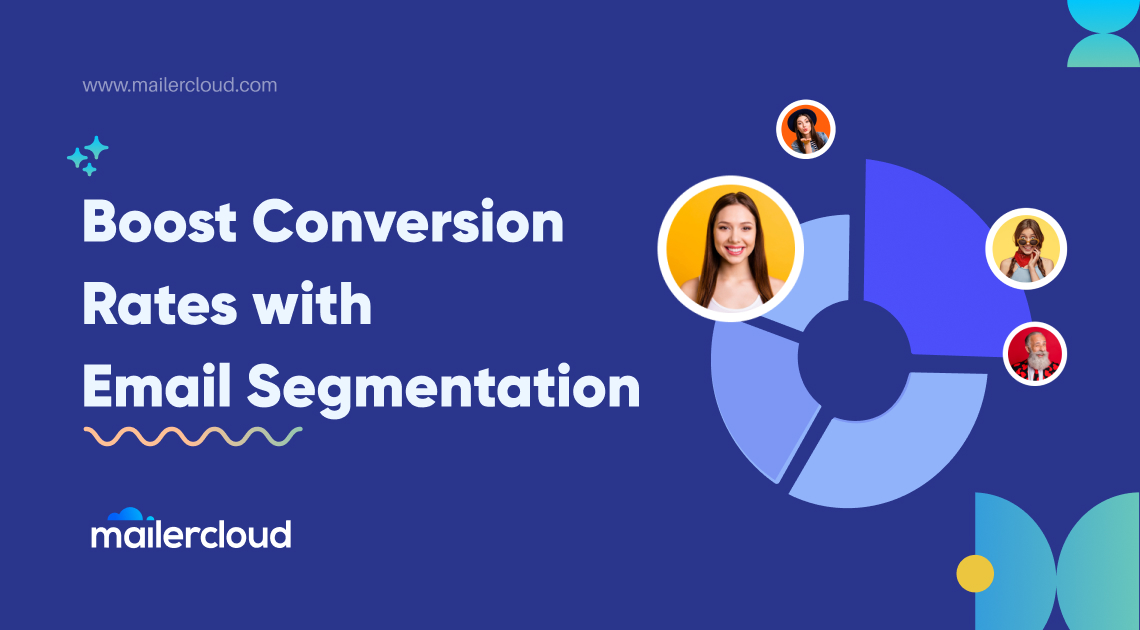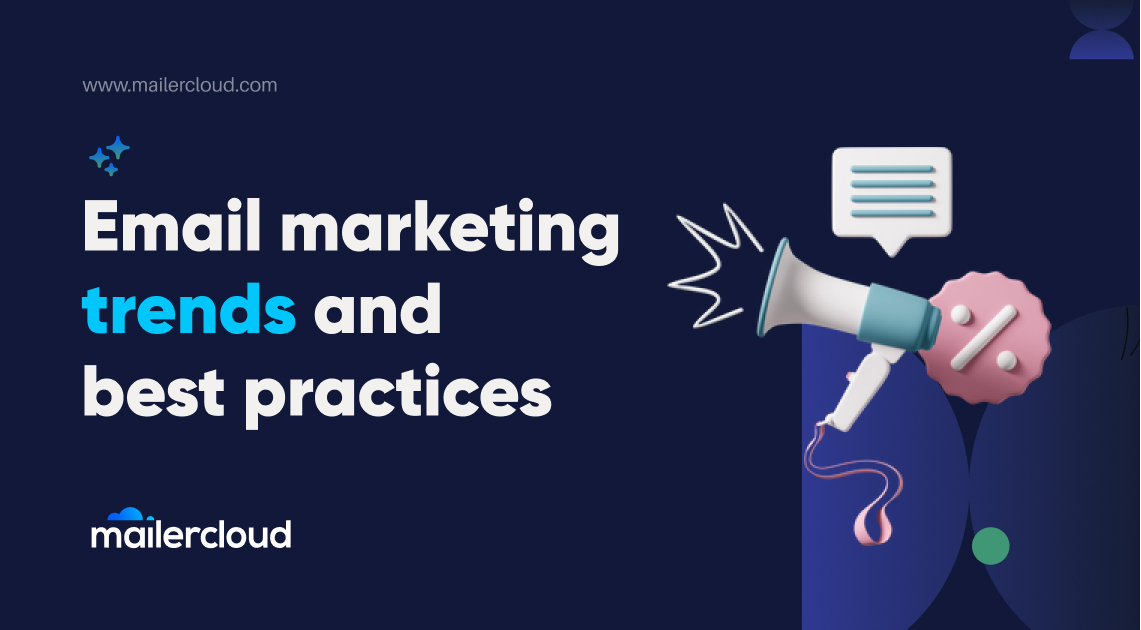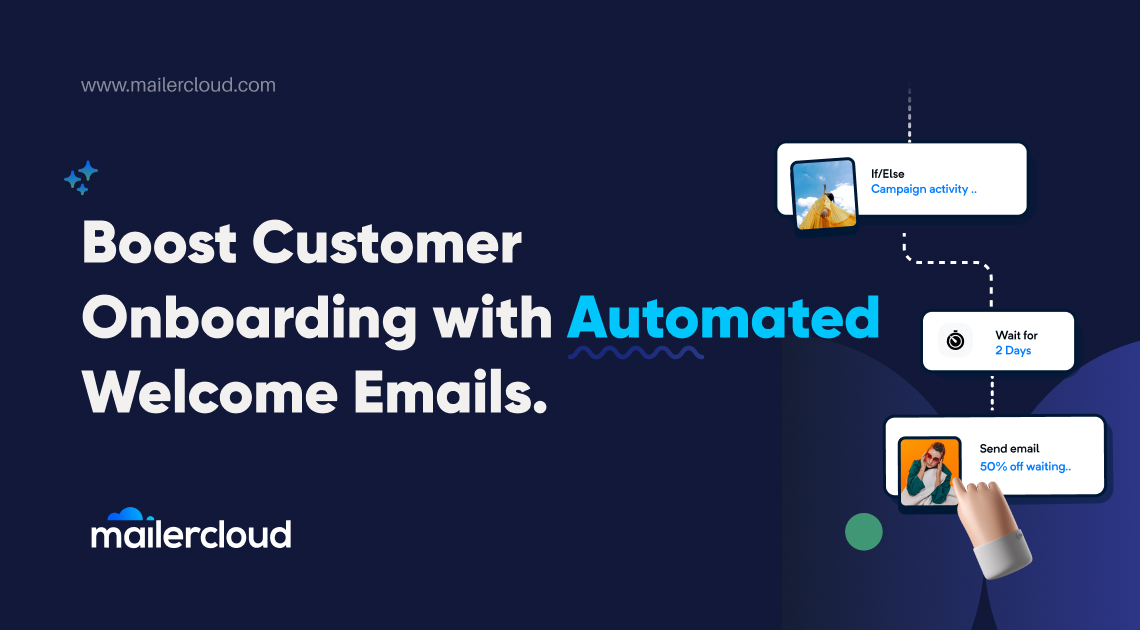Email inbox is a crowded and busy place. Businesses fight hard to break through this clutter. If you want the email recipients to open, read, interact and respond to your emails, you need to do something to shine out and create something that instantly speaks to them one-on-one.
The importance of personalization in email marketing cannot be neglected in this scenario. Personalisation boosts open rates while also demonstrating to your audience that you recognize and care about their needs. It leads to a more engaged audience who are motivated to take action, and it’s a key component of a successful lead nurturing strategy.
When it comes to where and how personalization transpires, 50% of marketers say their most effective personalisation tactics are email segmentation and personalised emails. Effective personalisation takes out the unnatural and robotic touch from the emails.
Table of Contents
What makes Email Personalisation so Important?
Isn’t segmenting your audience into groups and sending them tailored emails enough?
Isn’t it going to assist you in obtaining the desired sales and conversions?
The answer is NO.
The above two strategies can make the emails definitely more relevant to the recipient, but it won’t make them sound like they’re having a conversation. People will not read anything if they do not feel connected to it.
Today’s modern customers are intelligent and know exactly what they want. Before even seeing the brand name, they will scan the emails if there is something valuable and worthy for them. Few brands have been successful in overcoming such resistance and inspiring loyalty.
What Does Email Personalisation Mean?
The phrase “email personalisation” is a broad term. It can be as simple as including a subscriber’s name in the subject line, or as complex as modifying the whole email content based on a subscriber’s information, you have about them.
In the context of email marketing, the act of targeting an email campaign to a specific subscriber by using the data and information you have about them is referred to as personalisation. It may be their initial name, the most recent thing they purchased, their interests, online behaviour, how many times they log into your app, or a variety of other details.
Email personalisation brings that ‘relevancy’ factor to generic emails and delivers a 1:1 experience to the subscriber.
There are many stats that prove the efficiency of email personalisation.
- Personalised email subject lines witness 26% more open rates.
- 5.7 times higher revenue.
- Average increase of 20% in sales.
How to Craft a Personalised Email?
Building a personalised email entails much more than just including the subscriber’s first name. A personalised email comprises three primary components.
A ‘Real’ Person as a Sender
People are more inclined to trust, open, read, and connect to an email from a person than an email from a business or brand. Therefore, use a person’s name in the “from” field and a human face instead of a logo. This humanises the email, as it may appear as if a real person is creating and sending the emails.
Well-timed
Collect and analyse adequate data about your subscribers. This will help to understand at which stage of the customer journey and marketing funnel they are at. Accordingly, you can create specific emails.
For example, study their search history on your website. Utilise this information to assess their current requirements and construct the email regarding that only. This will not just enhance your image as a considerate business that cares about its subscribers, but also increase the engagement rates.
Relevant
Simply including the subscriber’s name in the email subject line will not suffice. You have to take email personalisation a step ahead by offering relevant content throughout the email. If the email copy doesn’t have a direct influence on the reader, the email is likely to end up in the trash.
BASIC Email Personalisation Approaches to Expand the Bandwidth of your Impact
Sender’s Name
When an email marketing campaign lands in the inbox, the “from” or sender’s name is one of the most notably visible aspects. This field features a larger text and heavier font on various desktop and mobile clients to help readers immediately identify who the email is from before they open and read it.
Considering its prominence, it’s obvious that the “from” name influences the majority of people’s decision to open an email. Therefore, make every effort to personalise this part of the email.
This will enhance the email open rates. Some businesses, for example, dynamically change the “from” name so that the email campaign looks to come from the marketing executive with whom the client has regular interactions.
Subject Line
The first important and prominent part of an email in the inbox is the ‘from’ name.
The second prominent element is the subject line.
The subject line is darker, the stronger font on most devices in an effort to stand out amid the other aspects of the email.
Because of its dominance in the inbox, the subject line is bound to have a big impact on open rates. Indeed, many studies suggest that incorporating the recipient’s first name in the subject line can boost open rates by 26%.
5 Email Marketing Practices to Escalate Revenue
Proper Email List Segmentation
Personalisation begins with list segmentation. It doesn’t seem reasonable to send the same email to all contacts, regardless of their interests, needs, preferences, or profile information. It is always wise to examine the audience thoroughly and divide them into subgroups based on the following factors:
- Demographics and psychographics
- Previous browsing history or pattern
- Purchasing habits
- Online activities
- Degree of interaction or engagement
- Position in their customer lifecycle
- Device over which they access the emails
Hyper-personalisation
Work on personalising not only the subject line or intro part of the email copy text but also other elements of the email like any image.
- Insert text layers over the image.
- Include information such as your client’s name, company name, job position, email address, and other pertinent details.
- Use the subscriber’s profile picture or their business logo in place of the email picture.
- You can include a map in the email with your user’s location pinned in the centre if you’re using location-specific personalisation.
The possibilities are unlimited. Yet, they all have one common trait: establishing a more personal connection with the contacts.
Talk About their Stage in the Customer Journey in a Subtle Way
The stage of the customer journey might help you figure out why your prospects left. These stages can be product page abandonment, cart abandonment, or checkout abandonment. Once you’ve gathered the necessary information, you can send them personalised emails in response to their abandonment at a specific stage.
These time- and position-specific emails, when used correctly, can resolve the issues they left your brand and encourage them to return.
Include Dynamic Content
The way of creating dynamic email content is that it is automatically generated based on the contact’s previous actions or behaviour. The two most powerful forms of dynamic content are:
- Cart Rebuilders: Most of the carts created by the users are abandoned. So, when a user is contacted regarding their cart, it can be difficult for them to recall exactly what they were interested in earlier. Thus, cart rebuilders allow you to recreate a user’s cart. This serves as a visual memory of what they were looking at that time. This also enhances the user’s experience by recreating the cart, which is far more likely to pique their attention than a message that just states, “you abandoned your cart.”
- Product Recommendations: Personalised product recommendations are an important tool for raising average order value and reinvigorating interest in your products. You may provide recommendations that are likely to stimulate the user’s interest and bring them back because you already have their browsing and purchasing history.
Localise
Campaigns can be more effective if they are tailored to the local demographics. Language may appear to be a minor issue to handle, but it can make a significant difference in email personalisation. Also, take care of the user’s time zone before sending an email.
Your Turn!
Personalising email marketing campaigns is a tried-and-true technique to send highly focused and meaningful content to your target audience while also adding value to their experience. On the other end, you’ll be able to enhance sales, ROI, and revenue for your expanding business.
Just keep in mind:
- Gather as many facts and details as possible about your audience.
- Segment the contact list intelligently to increase the impact of personalisation.
- Adjust your strategies on a regular basis to keep up with the audience’s shifting expectations and needs.
I am Hemanti Pradhan, a Content Writer skilled in delivering technical as well as non-technical writeups. My portfolio covers a wide spectrum – from product documentation to lifestyle blogs & social media posts. When not writing, I indulge myself in drawing Zentagles & Mandala art.





























